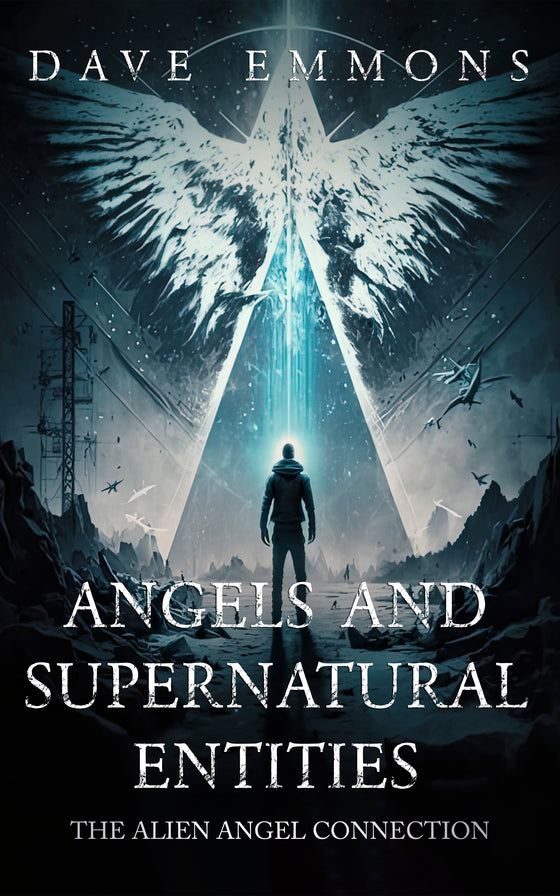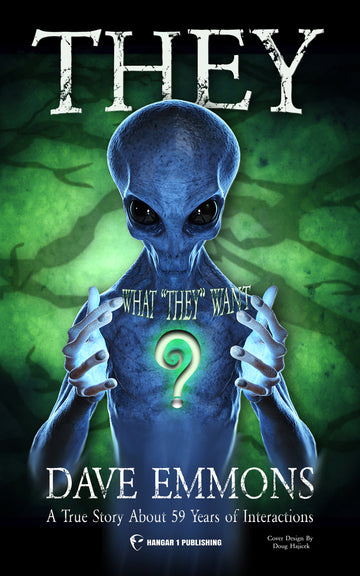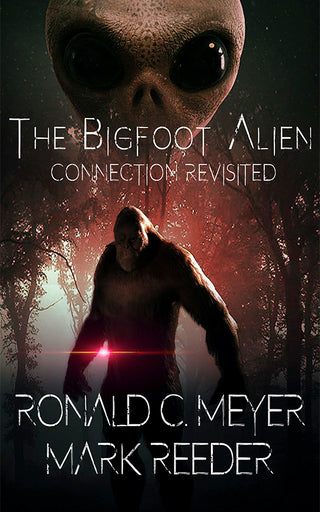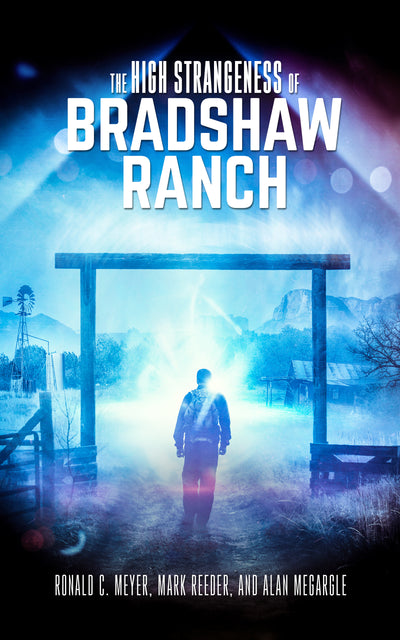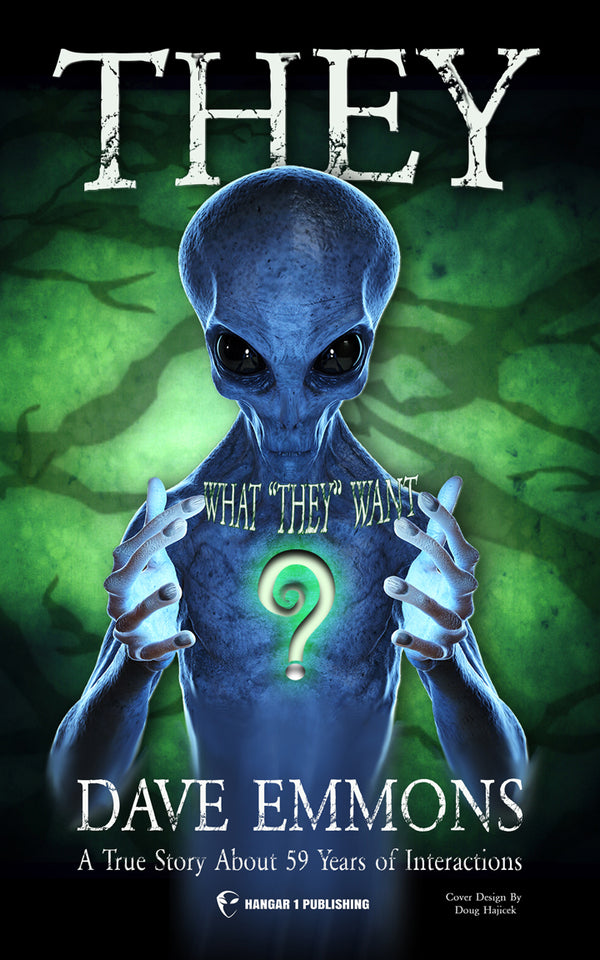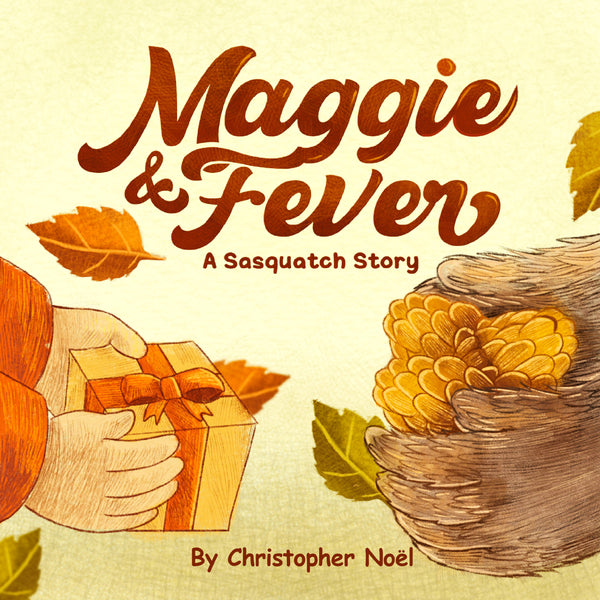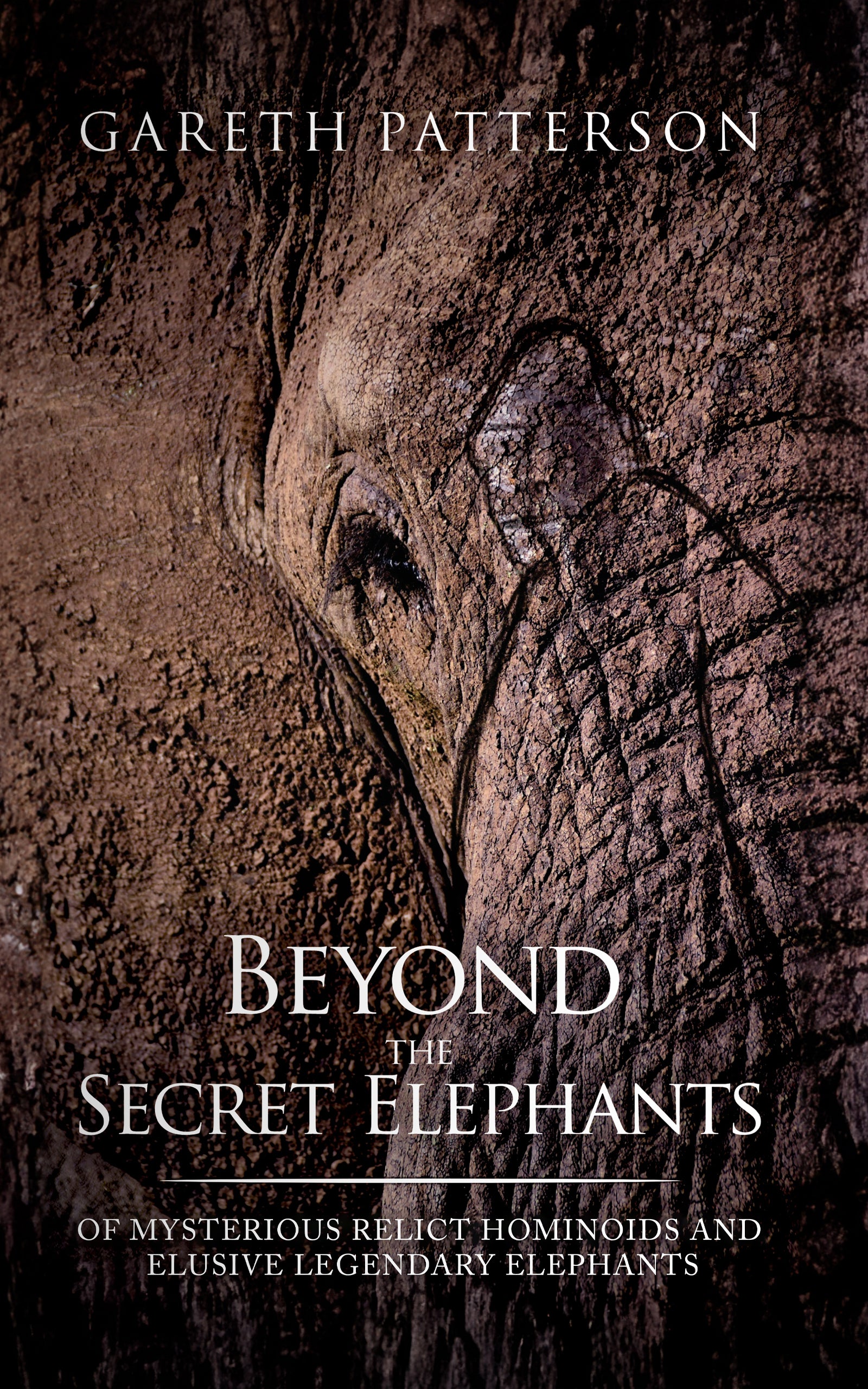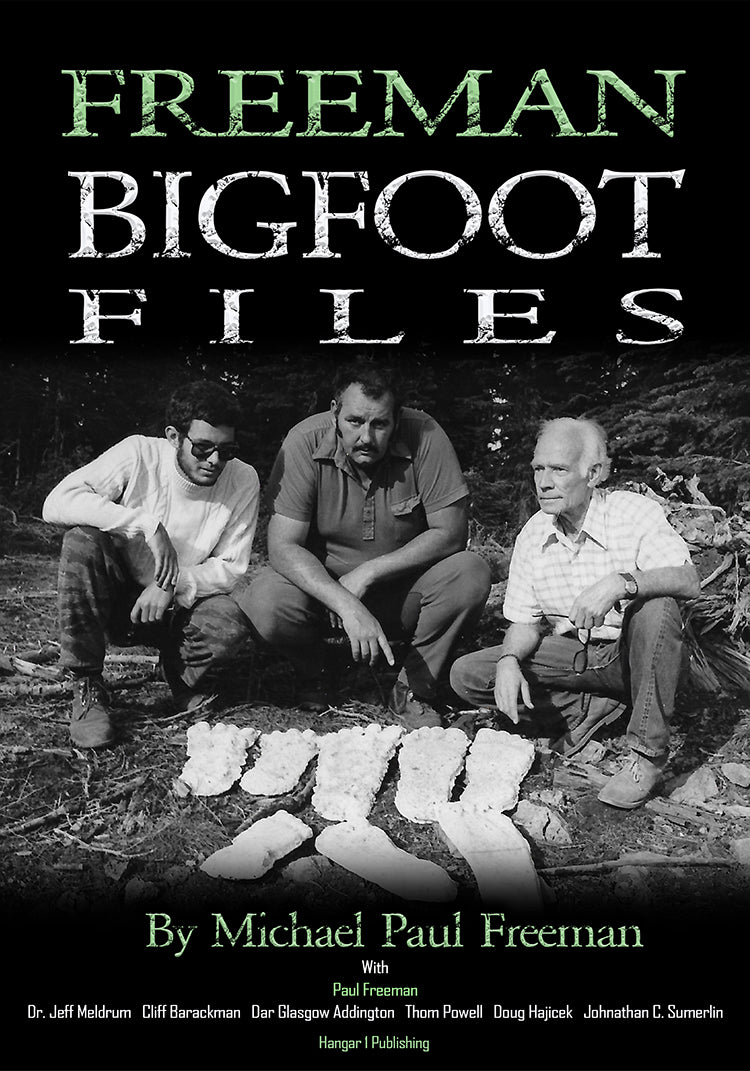UFO Contactee Movements: Eight Decades of Cosmic Messages and Human Longing

By Elaine Westfield, Ufologist
Something strange happened in the American desert during the early 1950s. While the world trembled under the shadow of nuclear annihilation, a handful of ordinary people claimed that friendly visitors from Venus and Mars had chosen them to deliver urgent messages to humanity. They weren't being abducted or examined. They were being recruited.
I've spent years studying individuals who report contact with non-human intelligence, and the contactee phenomenon continues to fascinate me. Not because I can definitively explain it, but because the psychological and sociological patterns reveal something profound about human consciousness under stress.
When Space Brothers Landed in the Nuclear Age
The UFO contactee movement emerged at the height of the flying saucer age in the 1950s, but its roots actually stretch back through occult traditions and Theosophical teachings. What made the postwar era different was timing. The atomic bomb had fundamentally altered humanity's relationship with its own survival.
The first message from "Ashtar" came through George Van Tassel on July 18, 1952, explicitly warning against the hydrogen bomb. This wasn't coincidence. The Ashtar communications framed extraterrestrial concern as a direct response to our acquisition of planet-killing technology. As documented in Extraordinary Encounters, these messages positioned aliens as cosmic peacekeepers deeply troubled by what they saw on Earth.
What strikes me as a researcher is how perfectly this narrative fit the psychological needs of the moment. People felt powerless watching their governments stockpile weapons capable of ending civilization. The Space Brothers offered an external locus of control: wise beings who cared about our fate and might intervene to save us from ourselves.
Contactees Versus Abductees: A Critical Distinction
Before we go further, I need to address a confusion that plagues public understanding of this field. Contactees and abductees describe fundamentally different experiences, and conflating them obscures important psychological distinctions.
The classic contactee narrative involves voluntary, peaceful encounters with benevolent, superhuman life forms who pledge to help humanity. These beings typically appear human-like, beautiful, and wise. They lecture on cosmic law, spiritual evolution, and the dangers of war. The experiencer feels chosen, blessed, spiritually elevated.
Contrast this with the abduction phenomenon, which gained prominence after the Betty and Barney Hill case of 1961. Abduction accounts feature involuntary seizure, often terrifying medical procedures, and entities described as distinctly non-human, particularly the "grays" with their large eyes and clinical demeanor.
In my clinical work, I've observed that these two categories of experiencers present very differently. Contactees often describe their encounters with religious awe and a sense of mission. Abductees frequently experience trauma symptoms, including nightmares, anxiety, and intrusive memories. Whatever is happening in these cases, the subjective realities are starkly different.
George Adamski and the Venusian Template
George Adamski authored three books describing meetings with Nordic aliens and travels aboard their spaceships. His 1953 book Flying Saucers Have Landed, co-written with Desmond Leslie, became an international sensation. By 1960, his books had sold a combined 200,000 copies.
His famous claim centered on meeting a long-haired Venusian named "Orthon" in the California desert on November 20, 1952. The Space Brothers, Adamski insisted, came from Venus, Mars, and Saturn to warn humanity about nuclear weapons and offer spiritual guidance.
The evidence? Photographs that critics have widely alleged were hoaxes created from chicken incubators and other household objects. Adamski continued producing photographs throughout his career, maintaining their authenticity despite growing skepticism.
Here's what interests me psychologically: Adamski's pre-flying saucer background included involvement with occult groups and metaphysical teachings. The Space Brother narrative didn't emerge from nowhere. It built upon existing Theosophical frameworks about Ascended Masters and cosmic hierarchies. Adamski essentially translated spiritual concepts into the technological language of the space age.
Giant Rock: The Mecca of 1950s Ufology
While Adamski became the public face of contacteeism, George Van Tassel created its physical and organizational center at Giant Rock in the Mojave Desert. Van Tassel's annual conventions, running from 1953 to 1977, became the premier gatherings for contactees and believers.
At their peak during the mid-to-late 1950s, these conventions reportedly attracted between 1,200 and 11,000 attendees. Every famous contactee of the period appeared at these conventions, creating a networking hub that helped standardize contactee culture and beliefs.
Van Tassel himself claimed to receive messages from beings including "Ashtar, commandant, station Schare," as documented in his 1952 book I Rode a Flying Saucer. The Ashtar Command messages he channeled warned about hydrogen bomb testing and positioned extraterrestrials as guardians of cosmic stability.
The Integratron, Van Tassel's famous domed structure, was designed based on instructions he claimed to receive from Venusians. The building was supposed to enable cellular rejuvenation and time travel. Van Tassel worked on it until his death in 1978, never completing the internal machinery.
A Charismatic Organizer
What set Van Tassel apart from other contactees wasn't just his claims but his organizational skills. He founded the College of Universal Wisdom, published newsletters like the Proceedings of the College of Universal Wisdom, and maintained his community for decades.
Van Tassel possessed both extensive electrical knowledge and sensitivity to spiritual matters. This combination of technical credibility and metaphysical charisma made him exceptionally effective at building and maintaining a following. The conventions continued even as enthusiasm waned after Van Tassel's death.
The Spiritual Dimension: When Aliens Become Angels
Reading through the original contactee literature, I'm struck by how explicitly religious many accounts are. Orfeo Angelucci's experiences, detailed in The Secret of the Saucers, involve being taken aboard spacecraft, visiting paradisiacal planets, and even meeting a "cosmic Christ" figure.
Angelucci's narrative was so psychologically rich that it attracted the attention of Carl Jung, who analyzed it in his essay on flying saucers as modern myths. Angelucci believed the aliens had advanced technology that could revolutionize human society and help humanity achieve higher consciousness.
This spiritual dimension helps explain why contactee groups continued their relationship to the space brothers even as mainstream ufology moved on. The movement survived because it fulfilled religious functions: providing cosmic meaning, ethical guidance, and hope for salvation.
The Aetherius Society: Institutionalizing Contact
Perhaps no organization better illustrates the religious evolution of contacteeism than The Aetherius Society, founded by George King in the mid-1950s. King, a former taxi driver who practiced yoga, claimed contact with extraterrestrial intelligences he called "Cosmic Masters."
The Aetherius Society is dedicated to helping humanity through spiritual action. Unlike loose contactee networks, it developed formal structures: headquarters in London and Los Angeles, a clergy system, and systematic practices.
Dr. George King was contacted by an extraterrestrial intelligence known as Aetherius in 1954 and spent the next four decades receiving transmissions. The Society's Cosmic Transmissions number in the hundreds.
Spiritual Technology in Action
What fascinates me about the Aetherius Society is its combination of metaphysical beliefs with quasi-technological practices. Operation Prayer Power involves storing prayer energy in "radionic" devices for release during world crises.
Members conduct Twelve Blessings Services and make pilgrimages to Holy Mountains that King allegedly charged with spiritual energy during "Operation Starlight."
The Society describes beings like Mars Sector 6, a Cosmic Master who directs giant spacecraft designed to help Earth. The Aetherius Society has several aims and objectives centered on spreading cosmic teachings and conducting spiritual missions.
George King was a spiritual giant who undertook humanitarian feats of global proportions, according to Society members. Whether or not one accepts the supernatural claims, the organization has maintained coherence and activity for nearly seventy years.
The Message Content: What Did the Space Brothers Actually Say?
Analyzing decades of contactee messages reveals consistent themes that map onto human anxieties of each era. The Galactic Federation concept appears repeatedly, positioning benevolent aliens as members of interplanetary governing bodies concerned with Earth's development.
In the 1950s and 1960s, messages focused obsessively on nuclear weapons. The Space Brothers claimed to oppose atomic testing because it threatened not just Earth but the cosmic order. This anti-nuclear stance aligned perfectly with the scientific concerns of figures like Oppenheimer and Einstein.
By the 1970s and 1980s, ecological warnings became prominent. Messages began addressing pollution, overpopulation, and environmental destruction. The aliens adapted their concerns to match humanity's evolving fears.
Today's contactee messages often focus on consciousness, spiritual ascension, and DNA activation. The content has shifted from external threats to internal transformation, mirroring broader cultural movements toward personal development and spiritual growth.
The Digital Resurrection: YouTube, TikTok, and Modern Contactees
The classic contactee era faded after the 1960s, but something remarkable has happened in the past decade. A new generation of claimants has emerged, building massive followings through social media platforms.
Unlike the desert prophets of the 1950s who relied on conventions and newsletters, modern contactees like Elena Danaan, the Cosmic Agency channel, and Elizabeth April reach millions through YouTube, Patreon, and Instagram. They describe ongoing communication with Galactic Federations, Pleiadian councils, and various extraterrestrial races.
The production values have improved dramatically. Gone are the blurry photographs and mimeographed newsletters. Today's contactees create polished videos, maintain active Telegram communities, and monetize their followings through subscription services and online courses.
Credibility Without Evidence
Here's what strikes me as a researcher: the burden of proof has shifted entirely. Classic contactees felt compelled to produce physical evidence, however unconvincing. Modern contactees often rely solely on narrative consistency, personal charisma, and community validation.
The decentralized nature of online communities creates echo chambers where skepticism gets interpreted as negativity or even evidence of being part of a "negative" agenda. There's no central authority to enforce standards or respond to contradictions between different channelers' claims.
Mass media in the 20th century circulated tropes of alien invasion to global audiences, and today's platforms continue spreading contactee narratives to new generations. The disclosure movement and recent government UAP revelations have created fertile ground for these claims.
What Psychology Tells Us About Contactee Experiences
My clinical experience with experiencers has taught me that dismissing these accounts as simple fabrication misses something important. Participants who report alien contact score higher on absorption scales and measures of fantasy-proneness than controls.
But high absorption isn't pathological. It correlates with creativity, imaginative capacity, and the ability to become deeply engaged with internal experiences. Some of the most fascinating minds I've encountered belong to experiencers.
The UFO phenomenon spans a remarkable range of experiences, from brief sightings to elaborate ongoing relationships with alleged extraterrestrials. Understanding contactees requires appreciating that these experiences feel absolutely real to those who have them, regardless of their ultimate origin.
The Therapeutic Dimension
I've developed specialized approaches for helping experiencers integrate their encounters without psychological distress. Whether contact experiences represent actual extraterrestrial communication, unusual neurological events, or some unknown category of human experience, the people having them deserve support, not ridicule.
UFO religions are inclined to look on extraterrestrials as beneficent, and this positive framing often serves psychological functions for members. Community belonging, cosmic meaning, and a sense of special purpose can provide genuine benefits.
Lessons from Eighty Years of Contact
The contactee movement offers a window into how humans create meaning under conditions of existential uncertainty. Nuclear weapons, environmental collapse, social fragmentation: each era's anxieties get projected onto the cosmic screen, with Space Brothers offering redemption or warning.
UFO religions deal with alleged communication between humans and extraterrestrial beings in ways that parallel traditional religious structures. They have prophets, scriptures, rituals, and communities. The main difference is the extraterrestrial framing of their supernatural claims.
For researchers like me, the movement raises questions that transcend simple belief or skepticism. What do these experiences tell us about consciousness? About the construction of religious belief? About humanity's need to feel connected to something larger than ourselves?
I don't know if contactees are communicating with actual extraterrestrials. But I'm certain that something psychologically significant is happening. The consistency of themes across decades, the transformative impact on experiencers' lives, the formation of lasting communities: these phenomena deserve serious study, whatever their ultimate explanation.
The Space Brothers might or might not be real. But the human longing they represent absolutely is.
From Bigfoot to UFOs: Hangar 1 Publishing Has You Covered!
Explore Untold Stories: Venture into the world of UFOs, cryptids, Bigfoot, and beyond. Every story is a journey into the extraordinary.
Immersive Book Technology: Experience real videos, sights, and sounds within our books. Its not just reading; its an adventure.








